Instruments Made Out Of Instruments
25 Aug 2016
Recently, a song and video titled "Instruments Made Out of Instruments" was created using strictly raw guitar materials. The fusion of sound was developed through a series of creative looping and layering techniques and the tune covers a suprising amount of tonal range when put together. Check out "Instruments Made Out of Instruments" below and make sure you use your headphones to catch the bass tones!
Q&A
What inspired the “Instruments Made Out of Instruments” video?
I’ve always been interested in how random objects sounded and how instruments could be played outside of the conventional approaches. A while back, Paul Smith sent me a box of raw wood to check out before he built me a guitar.
I opened up the box and started tapping and knocking on the different pieces of wood just to hear what they sounded like in their natural form. Each slab was very resonant and musical sounding. At that moment, the idea occurred to me to create a track by only using sounds generated from the parts of the guitar.
How long did it take to create the video, and what was the recording process like to get the layered sounds?
The video was about 18 hours of shooting and editing spread over the course of a few days.
Capturing the sound samples was very simple and fast. I just tossed up a mic, hit record, and starting tracking the organic taps, clacks, and knocks. After that, I edited and arranged the different sounds into rhythmic patterns and stacked from there. I recorded another round of samples after the guitar was built. I didn’t use any amps or pedals. Everything you hear in the video is solely comprised of the organic sounds.
Overall, it was a quick process. I avoid getting lured into the technical rabbit holes of endless possibility. I keep the objective in sight and head directly for the finish line.
How many layers of tracks made up the final mix?
There are over 30 tracks in the mix. All of them are playing simultaneously beginning at the 1:33 marker in the video.
What guitar were you using in the video?
That instrument is a custom build. It is essentially a Modern Eagle II with a 305 single coil middle pickup. The switching system is a 5-Way blade with a push/pull coil tap on the tone knob.
You play with a wide variety of musicians and cover a lot of genres, how do PRS instruments help you handle these diverse situations?
All professional music situations require the musician and their instruments to be dependable. The experts at PRS use durable and musical components, so I don’t have to worry about anything quality, dependability, or tone wise with a PRS guitar.
They also stay in tune really well and I don’t have any issues with the set ups fluctuating. Come to think of it, I’ve never even had to make a truss rod adjustment on any of my PRS Guitars. I’ve had them in -30º below zero temperatures in Canada, and then flown to 70º-degree weather in California less than 24 hours later without having to tweak anything on the guitar.
As far as musical diversity goes, a large percentage of what separates musical genres is approach and touch. A good instrument should act as a subordinate vehicle that is sensitive to dynamic shifts in the hands and help carry the musician’s intention to the listener. PRS Guitars have this quality.
If you had to choose one PRS model, what would it be?
At the end of the day, you can play the same songs on any guitar, but channeling creativity is a different animal. There is a flow to creativity and you have to learn how to be a part of it rather than try to control it.
You want to find an instrument that goes along for the ride with you in the creative flow, without imposing any limitations on your hands. On this theme, any PRS model would suit my needs. I own several of PRS’ affordable SE models as well as production models and custom builds. I’ve gotten just as much mileage out of my DGT as I have with my SE models. Guitars are tools for expressing creativity, and any PRS model allows me to express mine.
